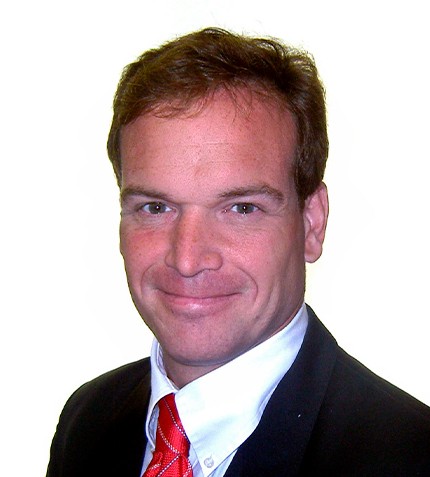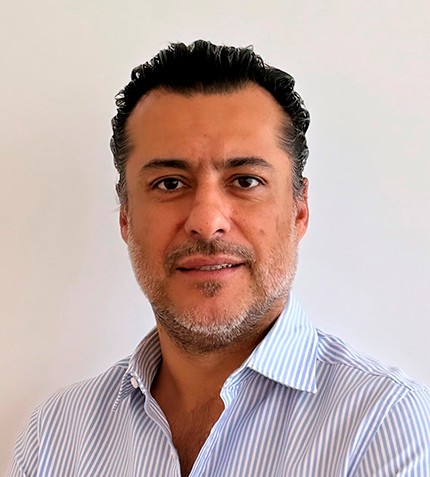
"Just by developing known reserves, even without exploration success, Chile can increase its copper production by around 2 million t/y and its lithium production by around 1 million t/y."
Marcelo Awad
EXECUTIVE DIRECTOR, WEALTH MINERALS
What discussions have you had with the new government regarding lithium regulations that would accelerate the development of Wealth Minerals’ Atacama Salar and Ollague assets?
We have made contact to meet with Chile’s new mining minister, Marcela Hernando, who I met while I was CEO of Antofagasta PLC and she was the mayor of Antofagasta, and also later as a member of congress. I was very pleased when I heard her name as minister, because as well as being mayor of Chile’s biggest mining region, she chaired a mining committee in the lower house of congress for over three years. In other words, she has a lot of experience and knowledge about the industry. Importantly, she is very open and in previous interactions has always listened to the concerns of the mining sector.
The new president and mining minister have both been clear with the message that Chile has to develop its lithium business. We know that the window to develop lithium assets is now and perhaps for the next 10 to 15 years, because the substitutions are already at lab level. One thing they have highlighted is the importance of adding value to lithium production in Chile by developing downstream elements in the country. This would be, most likely, in the form of battery components rather than full-scale battery assembly.
President Boric has spoken about creating a national lithium company. What could this mean for the private sector involved in Chile’s lithium industry?
Since he was elected president and named his cabinet, Boric has been clear that if a state-owned lithium company were to be created, it would assist private producers rather than replace them. The State understands that it needs revenue generated by mining to use elsewhere in the economy, and therefore is unlikely to do anything radical which would jeopordise that source of income. The main risk we see is the Constitutional Convention Committee, which proposed a draft to nationalize all mining companies in Chile. Although we do not believe such a proposal will pass, it creates unfortunate noise in the short term.
How do you view the fundamentals of lithium for 2022 and 2023?
I believe demand will outweigh supply until around 2030. There is sufficient lithium in the world, but the challenge is to achieve a battery-grade product economically. Even though prices have risen dramatically in 2021 and Q1 2022, I see a longer-term price stabilizing around US$15,000 to US$20,000 per tonne. This is comfortable for the likes of SQM and Albemarle that are mining the Atacama Salar, but will be a challenge for many hard rock or clay deposits elsewhere.
What potential do you see in the World Copper’s Escalones project?
Most of the companies that held Escalones in the past were drilling very deep in search of a sulfide deposit, without paying sufficient attention to the oxide layer. Sulfide deposits, particularly in high-altitude, arid parts of the country, require huge output and capex to justify investment. We acquired the asset and span out a separate company because we are very excited about the oxide layer, and started a drilling campaign in March 2022 to explore this further. We also discovered an area of yellow color, our primary target called Mancha Amarilla, which we believe to be part of the main oxide deposit that has tremendous potential.
World Copper’s aim is to access around 52,000 t/y of oxide copper production for the first 10 years of the project, which will help access the sulfide layer more easily in the future. In other words, we will be monetizing the stripping process, which is often a big expense when it comes to moving waste.
Where would you like to see the Chilean mining industry by 2023?
The most important thing is to bring back full stability for investors. Just by developing known reserves, even without exploration success, Chile can increase its copper production by around 2 million t/y and its lithium production by around 1 million t/y. There are a number of inactive oxide plants in Chile that could be used to bring new projects into production. The revenue from this production would generate vast wealth for Chile that would dwarf extra taxes being discussed on current mines, in addition to creating thousands of jobs and indirect benefits for millions of Chileans.










